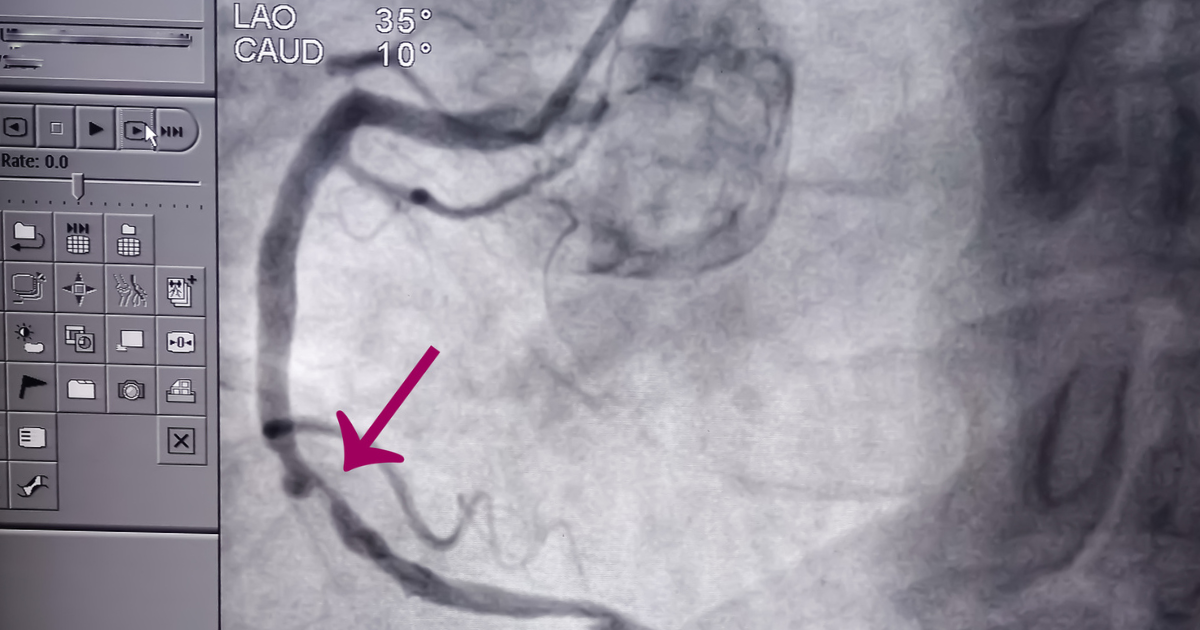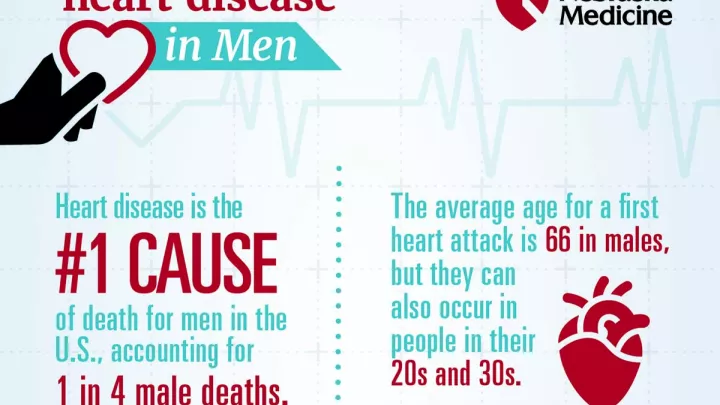What is chronic total occlusion of the heart, and how is it treated?

Chronic total occlusion of the heart, or CTO, refers to a complete blockage (100% occlusion) in one of the coronary arteries for more than three months. Due to reduced blood flow to the heart muscle, a CTO can cause a progressive decline in the ability to exercise and perform daily activities.
When the artery eventually becomes completely blocked, the heart may supply that area through collaterals, which are branches of other arteries that supply the area. While a person can live with a chronic total occlusion, the most significant negative impact is on a person’s quality of life.
CTO won’t cause a heart attack unless one of the other arteries (collateral) that is feeding that area of the heart is affected. While the arteries are the same ones that could cause a heart attack if they become suddenly blocked, with CTO, the blockage happens over time, causing the artery to become narrower gradually.
Symptoms and diagnosis of chronic total occlusion of the heart
Symptoms cause a decline in abilities over time and a progressive increase of symptoms, including:
- Chest pain when active.
- Shortness of breath.
- Reduced exercise tolerance.
CTO is typically diagnosed through a coronary angiogram, which reveals the blockage. “We know from the data that 20% of coronary angiograms have a CTO, but the problem we see is that some physicians are not willing to consider referring their patients for this procedure,” says interventional cardiologist Edward O’Leary, MD. “There is a misconception out there that there’s no benefit to opening the blocked artery. This is simply not true. With CTO treatment, we continue to see the tremendous difference it can make in people’s daily lives.”
CTO treatment
Once a diagnosis is made, studies will be done to see if the muscle is viable for treatment (not permanently damaged). No medication exists to treat CTO. Effective treatment involves opening the artery, which is a procedure that can take up to three hours.
If you’re a candidate, the risks and benefits of the procedure will be discussed with you, as well as your personal goals regarding how you want to feel and how active you want to be.
Nebraska Medicine has the state's most active CTO treatment program, performing these complex procedures weekly. Your personalized treatment involves a dedicated team, specialized equipment and an interventional cardiologist who is highly trained and experienced in CTO procedures.
“The success rate is over 80%, which is lower than other coronary interventions but still very, very good, relatively speaking,” adds Dr. O’Leary. “In comparison, these blockages are much more difficult to open up than partial blockages, as there is no pathway through the artery. A patient needs a dedicated team of CTO personnel who consistently perform these procedures.”
If unsuccessful on the first attempt, patients can return for another try, as the success rate often improves on the second attempt.
Cardiac rehab is an essential part of the recovery process, as the chronically oxygen-starved heart muscle needs time to regain full function. It can take several months for the heart to recover and work properly again.
Treatment can make a profound difference for patients with CTO
“I see patients come to me after being turned down for treatment elsewhere asking if we can help them,” says Dr. OLeary. “I could go on for days telling stories of patients whose quality of life was dramatically improved, allowing them to resume their active lifestyles. This is what drives me: Seeing the profound positive impact on a patient when they return to me a completely different person.”
Nebraska Medicine offers highly specialized, minimally invasive surgery for cardiac conditions, and partners with the University of Nebraska Medical Center to conduct ongoing research leading to the next generation of medications and procedures related to heart and vascular disease. See what clinical trials related to heart and vascular disease are happening now.







